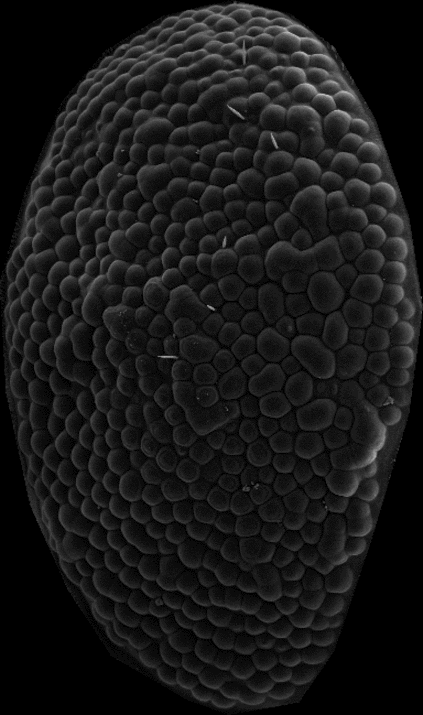Q E D
Quantitative Evaluation of Distortion
Quantitative Evaluation of Distortion (QED) is a software package for the quantitative analysis of differences between structural features in biomedical images. Download it here.
Background
The common fruit fly, Drosophila melanogaster, is frequently used as a model in the study of neurodegenerative diseases. Their genomes can be readily modified, allowing neurobiologists to express proteins that are, in some way, related to human diseases such as Alzheimer's or Parkinson's.
Tau protein is known to be implicated in Alzheimer's disease, a hallmark of which is the neurofibrillary tangle : an insoluble aggregate of tau protein that forms in neurons and causes damage to the cell, eventually leading to cell death. As the fruit fly's eye is made up of approximately 600 - 800 ommatidia, each of which contains a neuron, we can see this damage directly on the surface of the eye if we express the human tau gene. We can test the effect of drugs or other genetic manipulations to assess if the eye improves.
The difficulty lies in quantifying the difference between certain genotypes of flies. There is no objective way to assess whether a true difference exists, and how different genotypes are. QED was written for this purpose.
QED takes images and uses edge detection and boundary-walking algorithms to extract structural information from the images. Certain metrics have been defined which allow direct comparison between genotypes to be made, and differences to be quantified.

